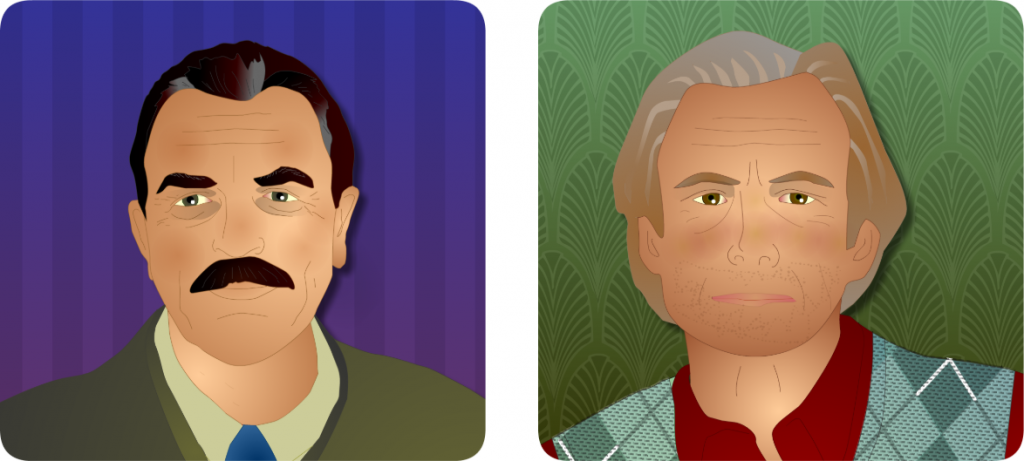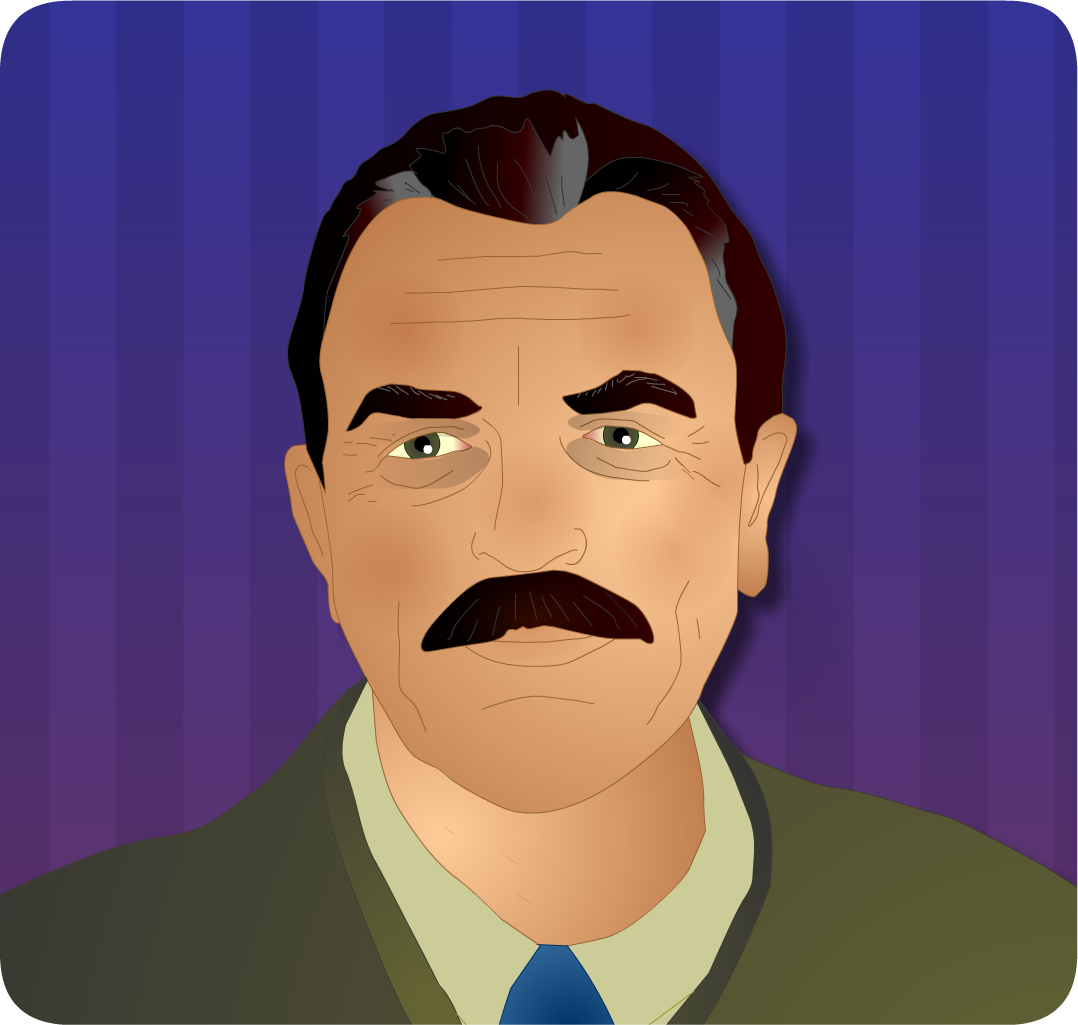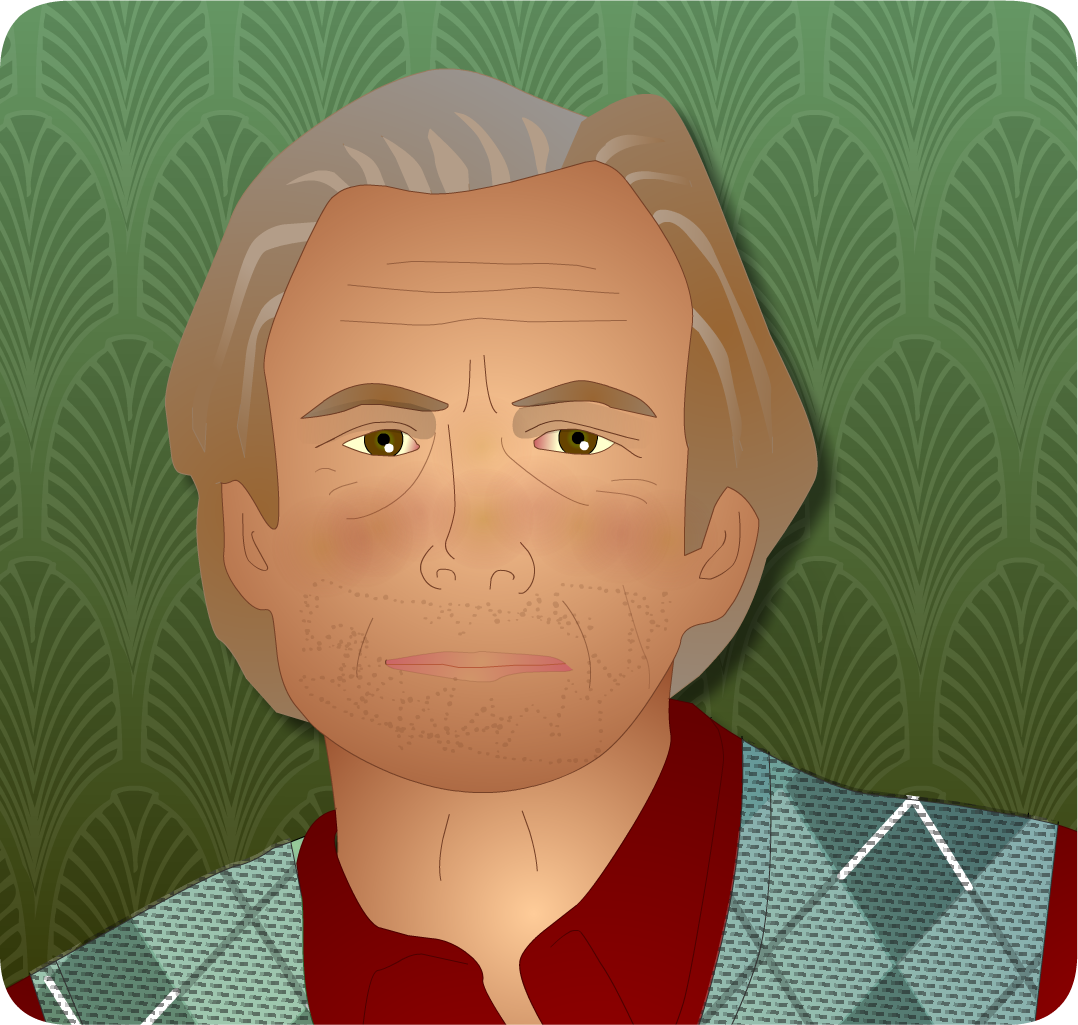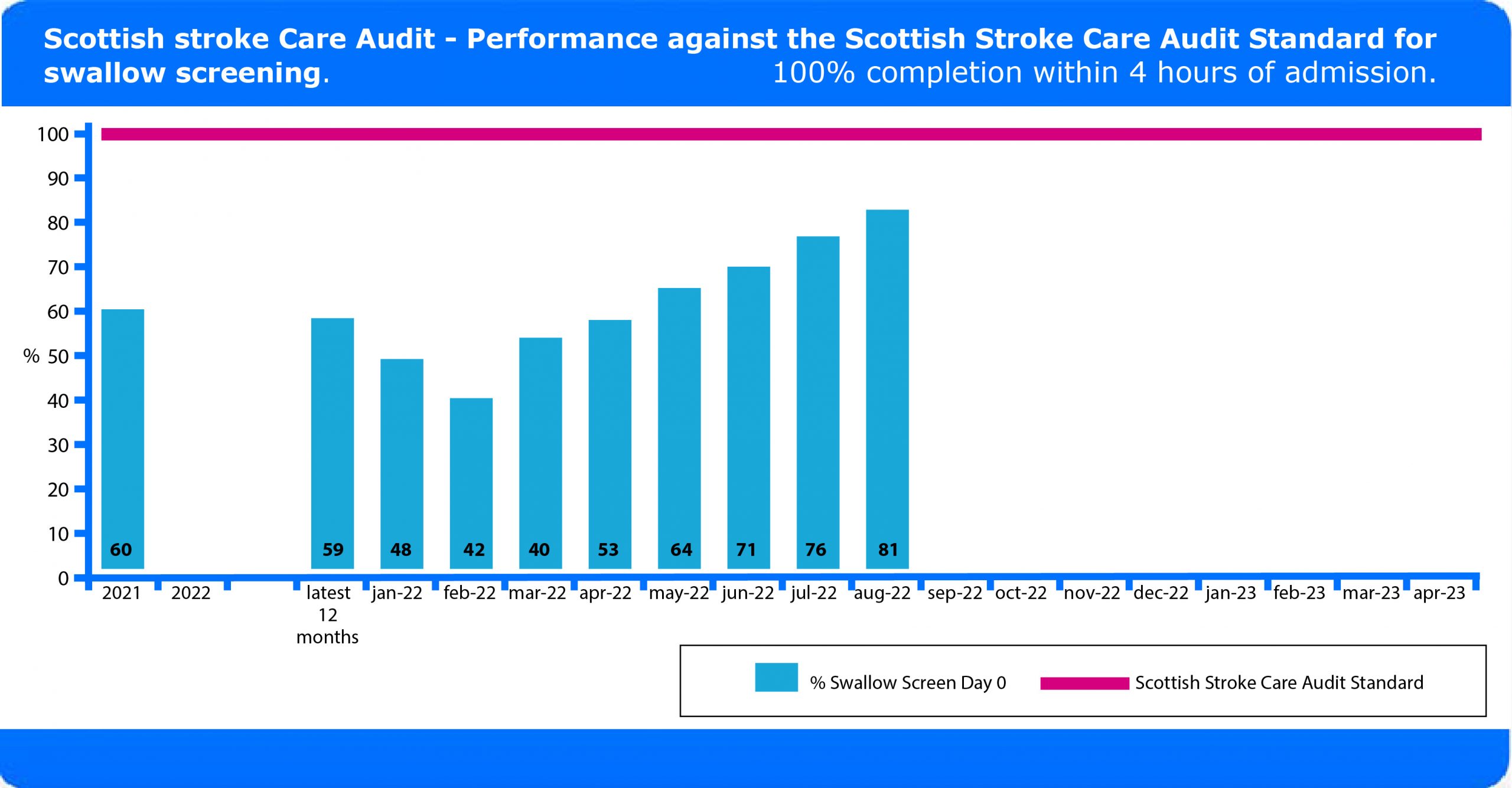| VINCE McLANACHAN
Medical: Patient complaining that he can’t see out of his left eye Occupational Therapist: During self-care session, patient missed items on his left Physiotherapist: Patient independently mobile but very cautious when going through doorways Dietitian: Getting adequate nutritional intake Nurse: Patient startled when approached from his left. Family report that Vince has problems with reading and watching TV in the dayroom Plan: Continue assessment |
| NIGEL SMITH
Medical: Patient reports no particular problems and wants to go home Occupational Therapist: Patient ignored everything to his left side when in OT kitchen Physiotherapy: Patient bumps into doorways with his left side. Poor safety awareness Dietitian: Unsure of food intake, food charts to be completed Nurse: Patient needs help with washing and dressing, not turning to left side. Family are concerned that Nigel doesn’t look at them and keeps looking to his right Plan: Continue assessment |








